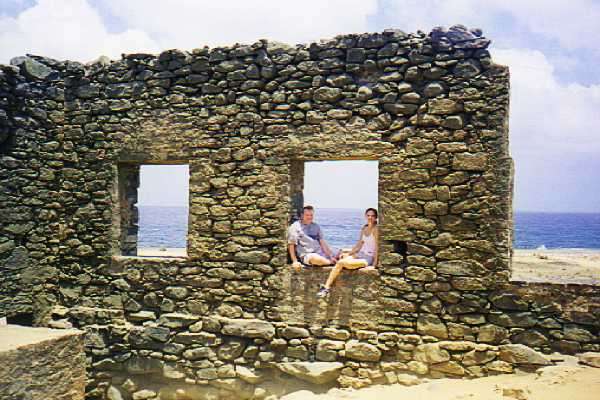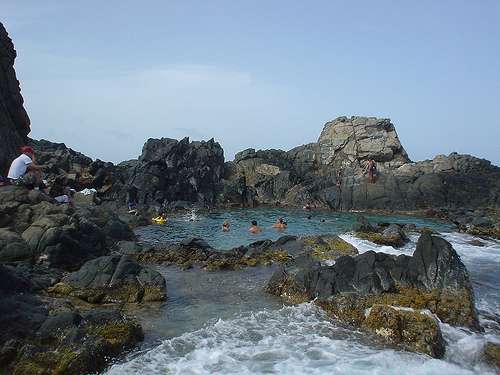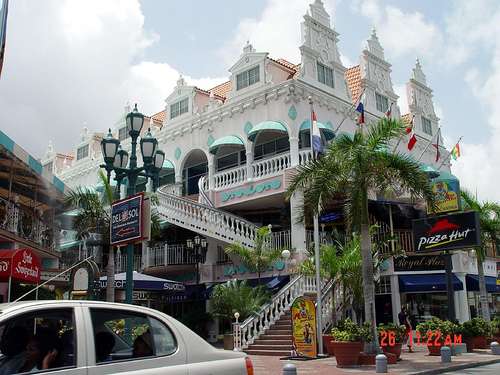Getting to Aruba and getting around. Our transportation tips will
help make your trip smoother. More good sand advice.
Entry Documents
US Citizens need a valid USA passport.
Airlines Flying Here
American Airlines, Continental, Delta, Jet Blue, Spirit Airlines, United, US Airways
Air Canada, Avianca, Copa, KLM Royal Dutch Airlines, Surinam Airways
Airport
Queen Beatrix International Airport
Departure Tax
$34.25 U.S
Driving
On the right - need to show driver’s license to rent a car.
Local Transportation
2021
1. Public buses: Aruba has a well-connected public bus system that covers most areas of the island. The buses are inexpensive and operate from early morning until late at night. They also have air conditioning, making them a comfortable mode of transportation.
2. Taxis: Taxis are readily available in Aruba and can be found at popular tourist spots, hotels, and the airport. They are a convenient and efficient way to get around the island, especially for short distances.
3. Car rentals: Renting a car is a popular option for tourists in Aruba. It provides more flexibility and allows you to explore the island at your own pace. There are several car rental companies available at the airport and in major tourist areas.
4. Scooters or ATVs: For a fun and adventurous way to get around, consider renting a scooter or ATV. This is a popular option for tourists who want to explore off-the-beaten-path locations and enjoy the island’s natural beauty.
5. Bicycle rentals: Aruba is a small island, making it perfect for exploring by bicycle. There are several rental shops on the island, and many hotels also offer bicycles for their guests to use.
6. Water taxis: Water taxis are a unique way to get around in Aruba, especially if you want to visit nearby islands or beaches. They operate from various ports and offer a scenic and enjoyable way to travel.
7. Walking: With its beautiful weather and stunning landscapes, Aruba is a great place for walking. Many popular areas, such as the capital city of Oranjestad, are easily walkable, and it’s a great way to explore the island at a leisurely pace.



